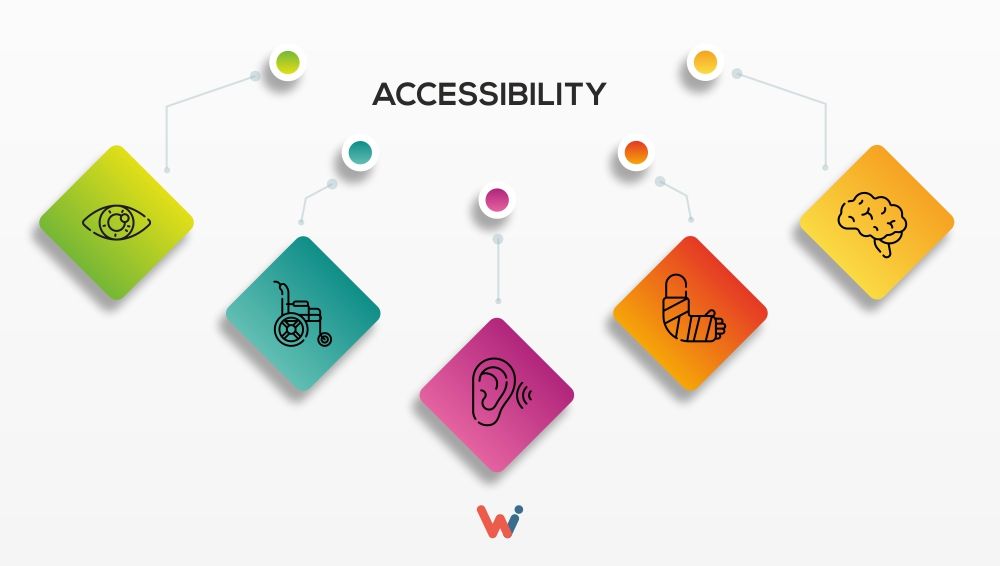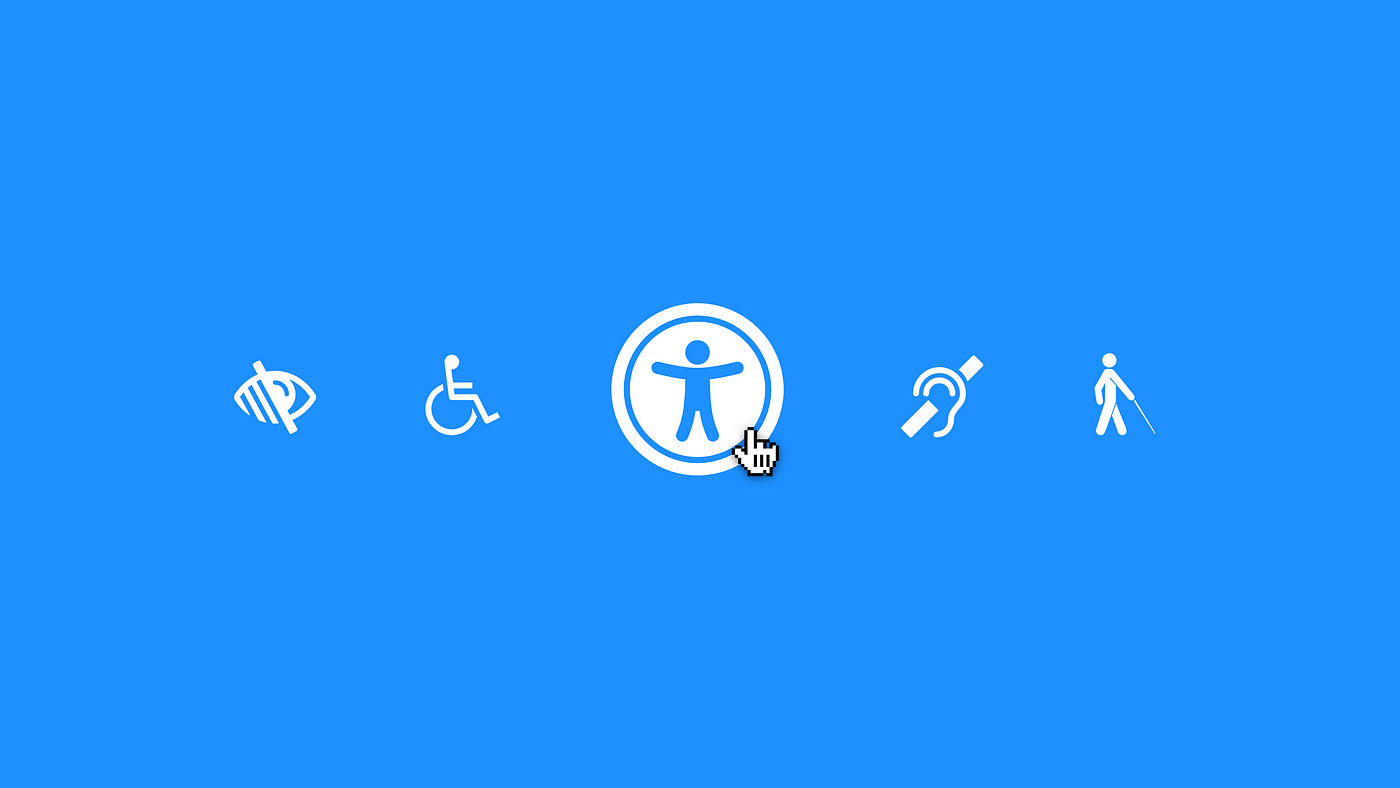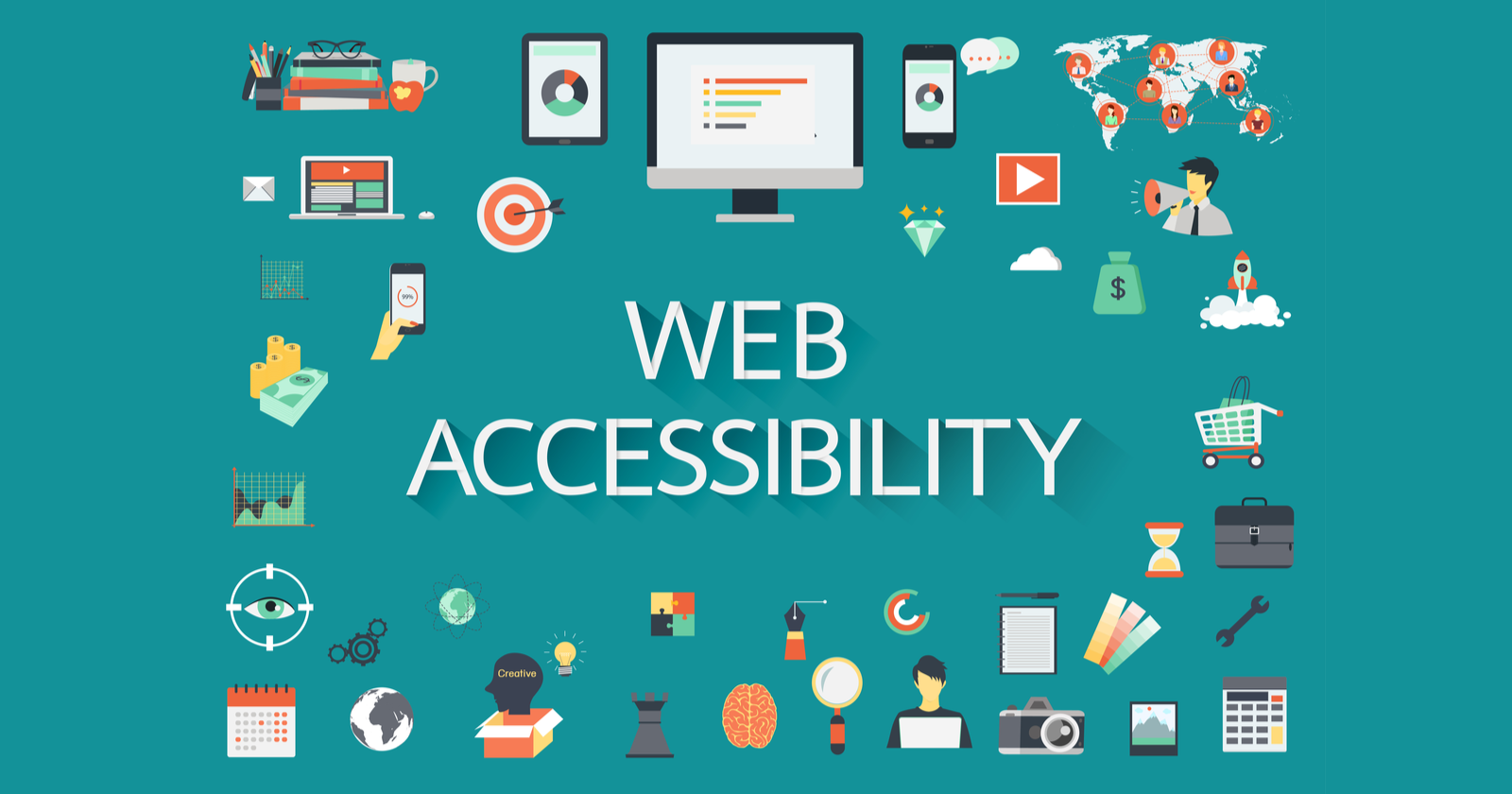Everything about Web Accessibility
Web accessibility is an important aspect of creating a website that is inclusive to all users, regardless of their abilities or disabilities.

Blog post by Khubaibul Islam Shakib- Published at 4/4/2023
What is Web Accessibility?
Web accessibility is an important aspect of creating a website that is inclusive to all users, regardless of their abilities or disabilities. It involves designing and developing websites in a way that accommodates people with various disabilities, such as visual, auditory, motor, or cognitive impairments and ensures that they can navigate and use the site with ease.
In this blog, we will explore the significance of web accessibility, why it matters, and how to ensure that your website is accessible to all users.
Why does web accessibility matter?

Web accessibility matters because it ensures that everyone can access and use your website, regardless of their abilities or disabilities. Making your website accessible means that you are removing barriers that prevent some people from accessing your content, services, and products, and making it easier for them to engage with your website.
Moreover, web accessibility is not just a matter of legal compliance, but is also a matter of social responsibility. It reflects your commitment to creating an inclusive society that values diversity and respects the rights of all individuals.
How to ensure web accessibility?
The following are some tips on how to ensure web accessibility:
Use alt text for images
Using alt text for images allows screen readers to read aloud the description of the image, which helps visually impaired users to understand the content of the image.
Use clear and descriptive headings
Using clear and descriptive headings makes it easier for users to navigate your website and understand the structure of your content.
Provide captions and transcripts for multimedia content
Providing captions and transcripts for multimedia content such as videos and audio files ensures that users with hearing impairments can access the content.
Use colour carefully
Using colour alone to convey meaning can be problematic for users with colour blindness. Therefore, it is essential to use colour carefully and ensure that the content is still understandable without relying on colour alone.
Ensure keyboard accessibility
Some users with motor impairments may not be able to use a mouse to navigate a website. Therefore, it is essential to ensure that all functionality on your website can be accessed using a keyboard.
Provide clear and concise instructions
Providing clear and concise instructions helps users with cognitive impairments to understand how to use your website.

Conclusion
Web accessibility is an essential aspect of web design and development that ensures that all users can access and use your website. By following the tips mentioned above, you can make your website accessible to all users and create a more inclusive and diverse online community. Remember, accessibility is not just a legal requirement but also a moral responsibility, and we should all strive to create a more inclusive and accessible web for everyone.



